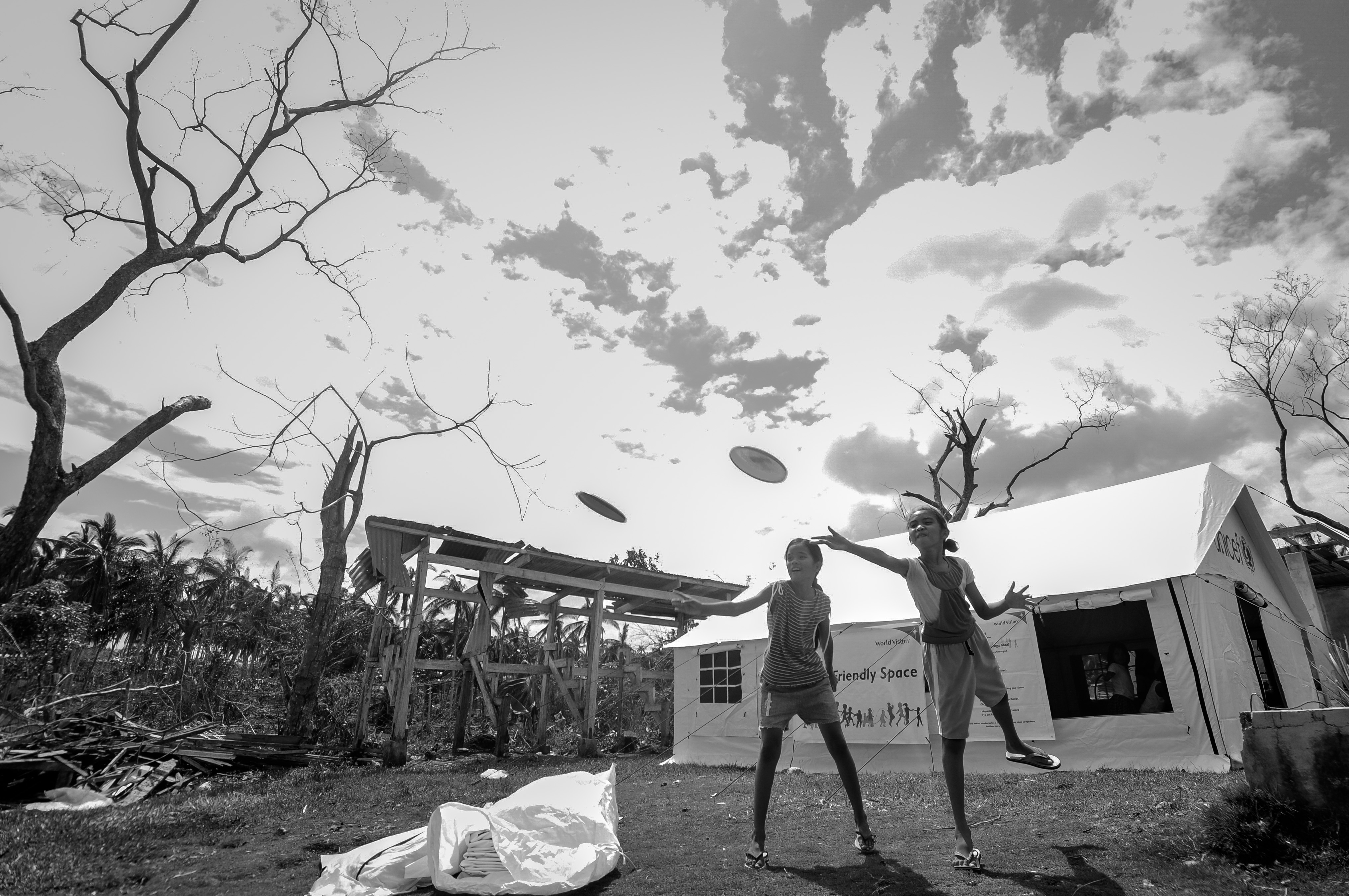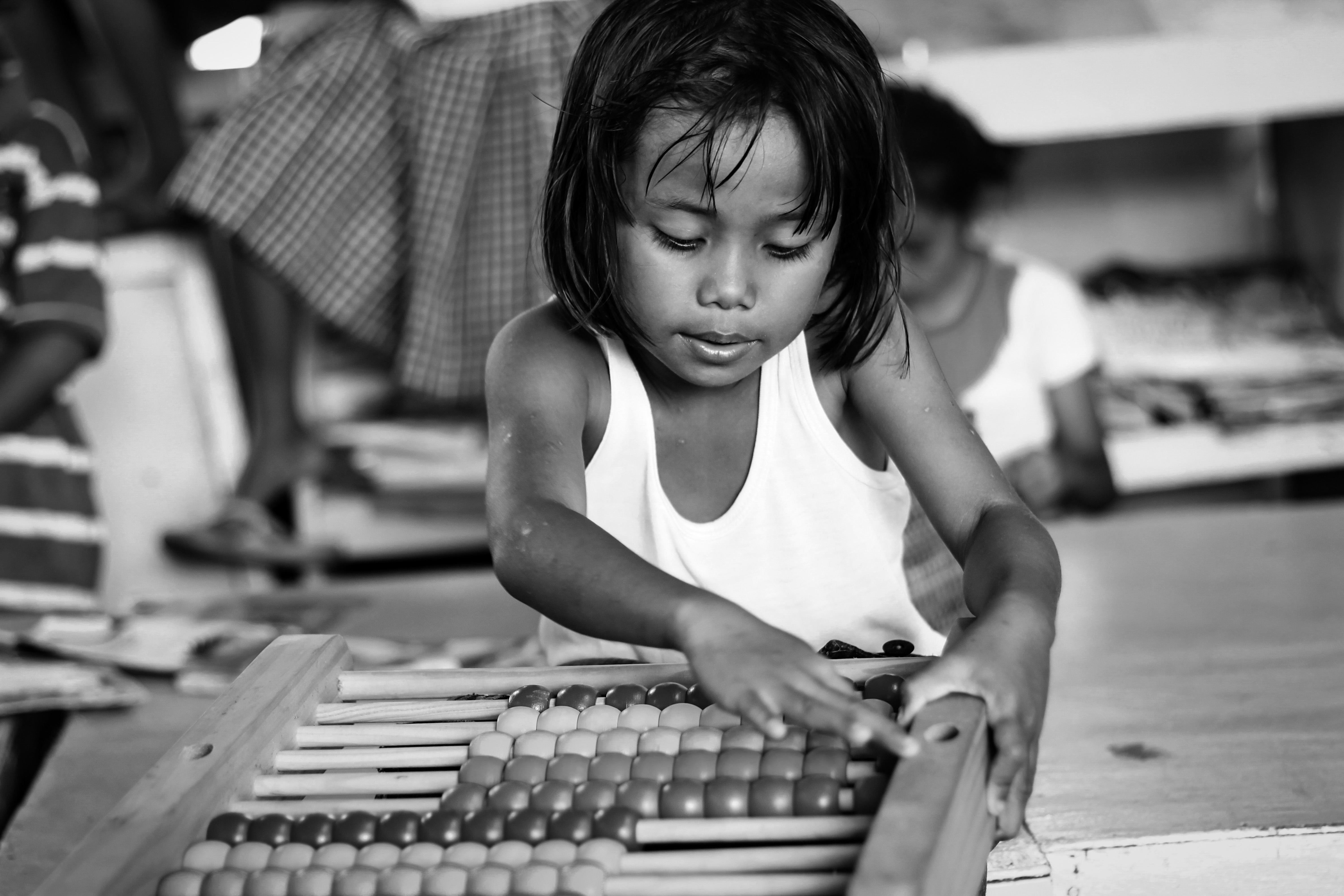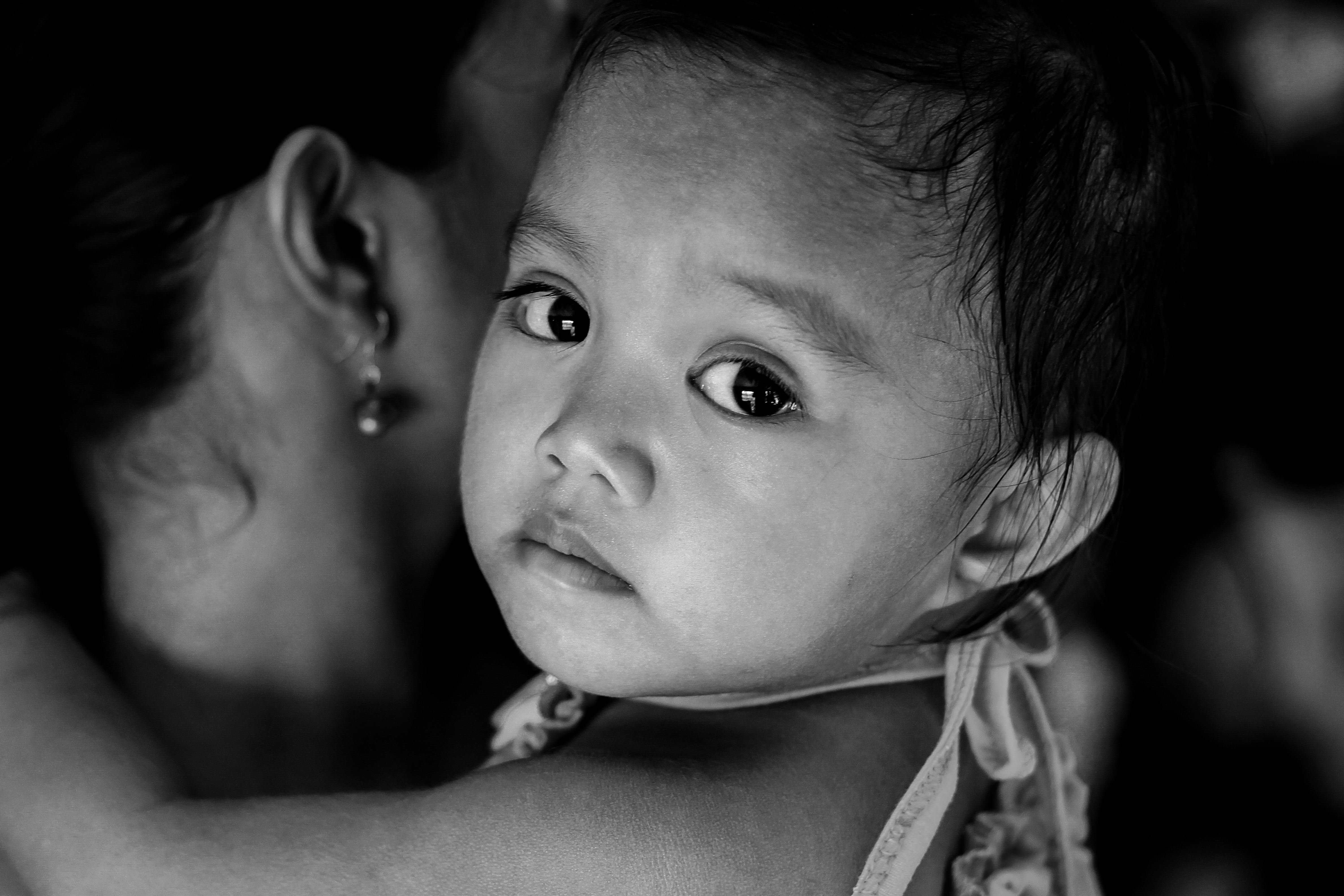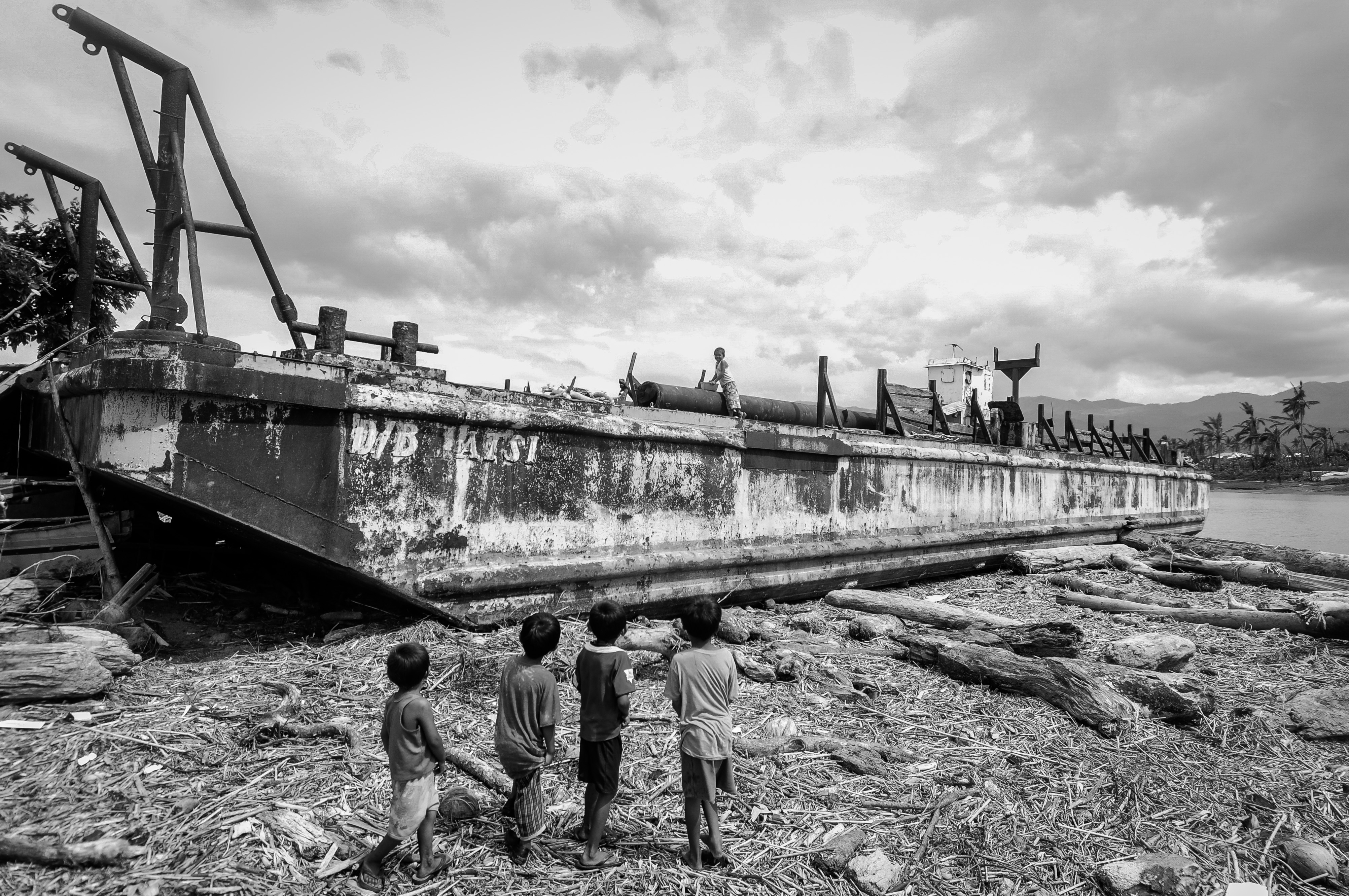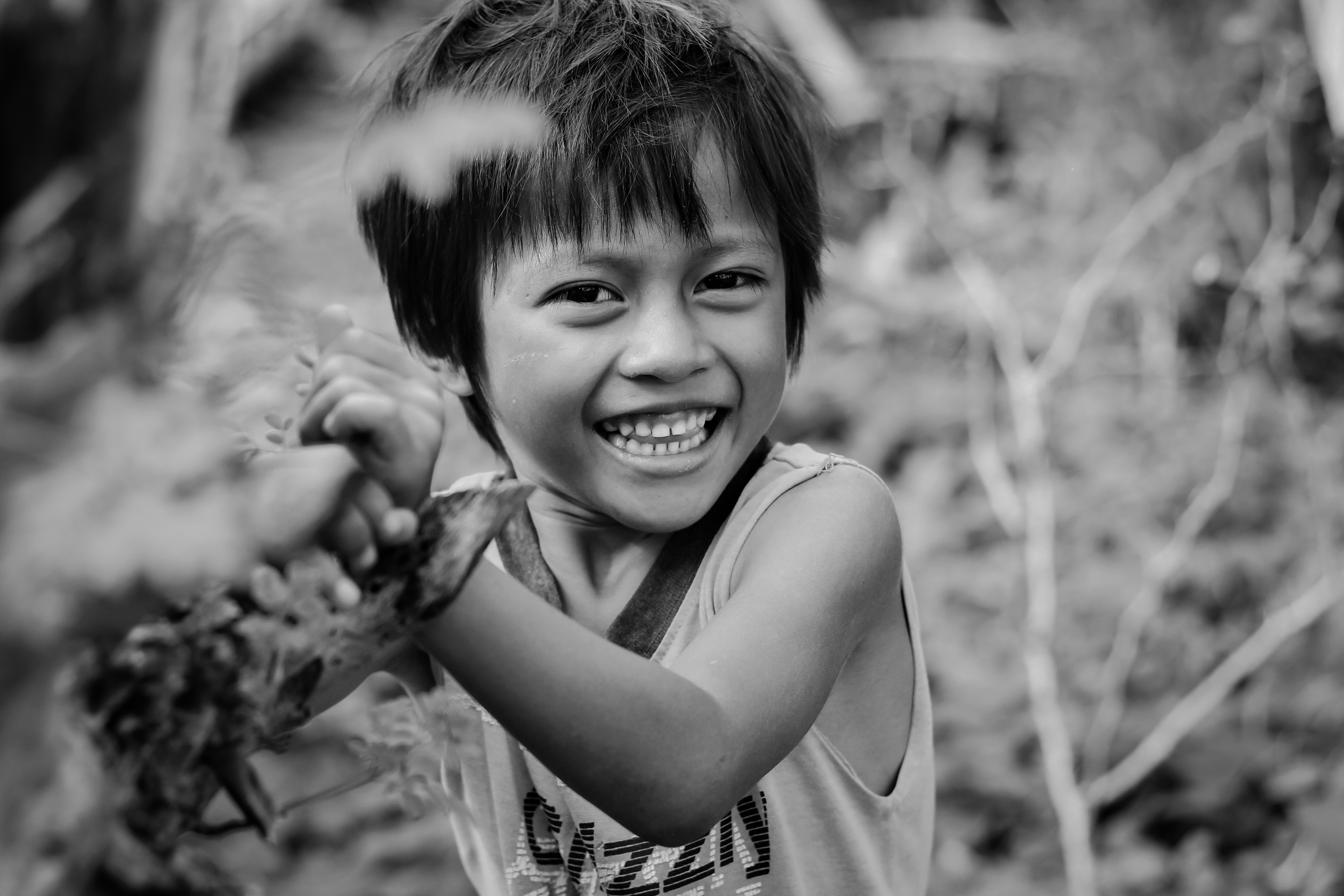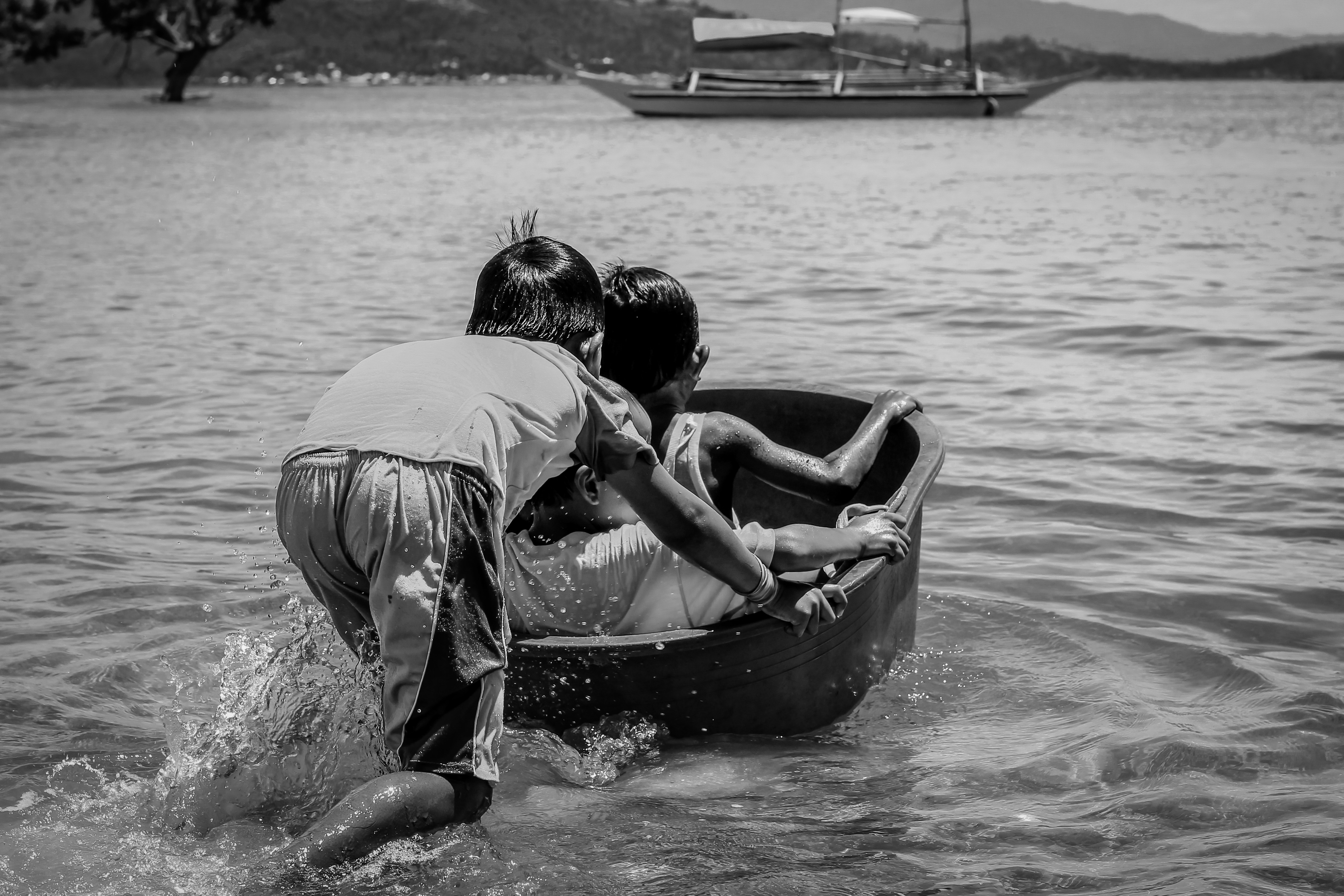Photo diary: Covering Haiyan- Preparing for the worst, Expecting the best
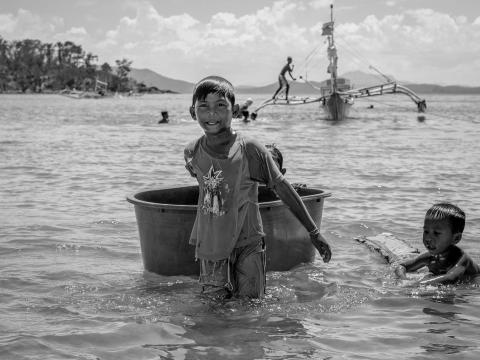
By Orlando Ducay Jr.
For a communicator working in times of emergencies, there’s nothing more fulfilling than to be able to share the emotions and the voice of the people affected.
When Typhoon Hiayan hit islands near my home last year, I was deployed to be part of World Vision’s response team.
While I have often worked in the Philippines to respond to smaller disasters, this was the first time I worked with a global response team to provide aid to affected families.
During my time in the response, I visited three islands greatly affected by the typhoon.
In northern Cebu, I met children excited to go back to school. They were sad when typhoon Haiyan destroyed their classrooms and classes were suspended.
World Vision’s team gathered the children back at the school for a Child Friendly Space – a place to heal emotional trauma the typhoon may have caused.
Still in northern Cebu, I witnessed children start playing again after their homes were destroyed and their lives uprooted.
The children joined activities held in World Vision’s Child Friendly Space in classroom size tents set up inside the schoolgrounds and helped bring smiles back to children’s faces.
I also watched mothers and their young children learn how to cope in their new environment during sessions held at Women and Young Children Space.
World Vision’s team of nurses turned community health advisors ensured that the well-being of mothers and children was a priority during and after a disaster, advising them on breastfeeding, child health and first aid, among other things.
On the worst-hit island, Leyte, I visited a school that had been reduced to rubble, everything destroyed except for this floor where a child stands.
The destruction of the school’s structures suspended their classes but the children still visited the school to help in the clean-up process.
Nearby, a huge barge crashed into the shore, destroying houses. Before the super storm, the boat was far from the coast before the big waves from typhoon Haiyan forced it on land.
Soon, curious children claimed the boat as a place to play and witness the huge landmark new to their community.
As aid agencies responded to the emergency, children accompanied their parents to receive relief goods.
This boy happily played and ran around the distribution site while his parents received World Vision relief food aid. The food provided them with meals for several weeks while they recovered from the wrath of typhoon Haiyan.
At night, in Ormoc, power had not yet been restored. I watched around 100 people, including youth, sit on the sidewalk to charge their cellphones and flashlights at a hotel offering free electricity produced from generators.
When I reached Panay Island, it was a different scenario.
The big waves brought by typhoon Haiyan destroyed concrete houses.
The families here ran for their lives together with their children looking for a safer place to stay. Fortunately they gathered together at the ex-mayor’s house where their lives were spared.
I found this boy walking alone at the washed out village. People were searching through the broken pieces of their ruined houses hoping they could pull something useful from them.
In Panay, I also learned that the sea is a way of life.
Here, the children were happy to be back to their playground at sea despite the danger it presented just days earlier.
I learned during emergencies, you’ve got to prepare yourself to see and hear the worst things, but to expect the best. And that’s exactly what I found from the survivors of Typhoon Haiyan, that it brought out the best in people after one of the worst experiences of their lives.
Share

